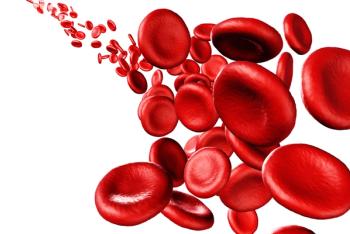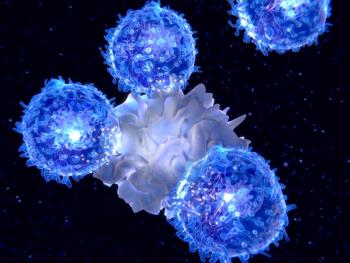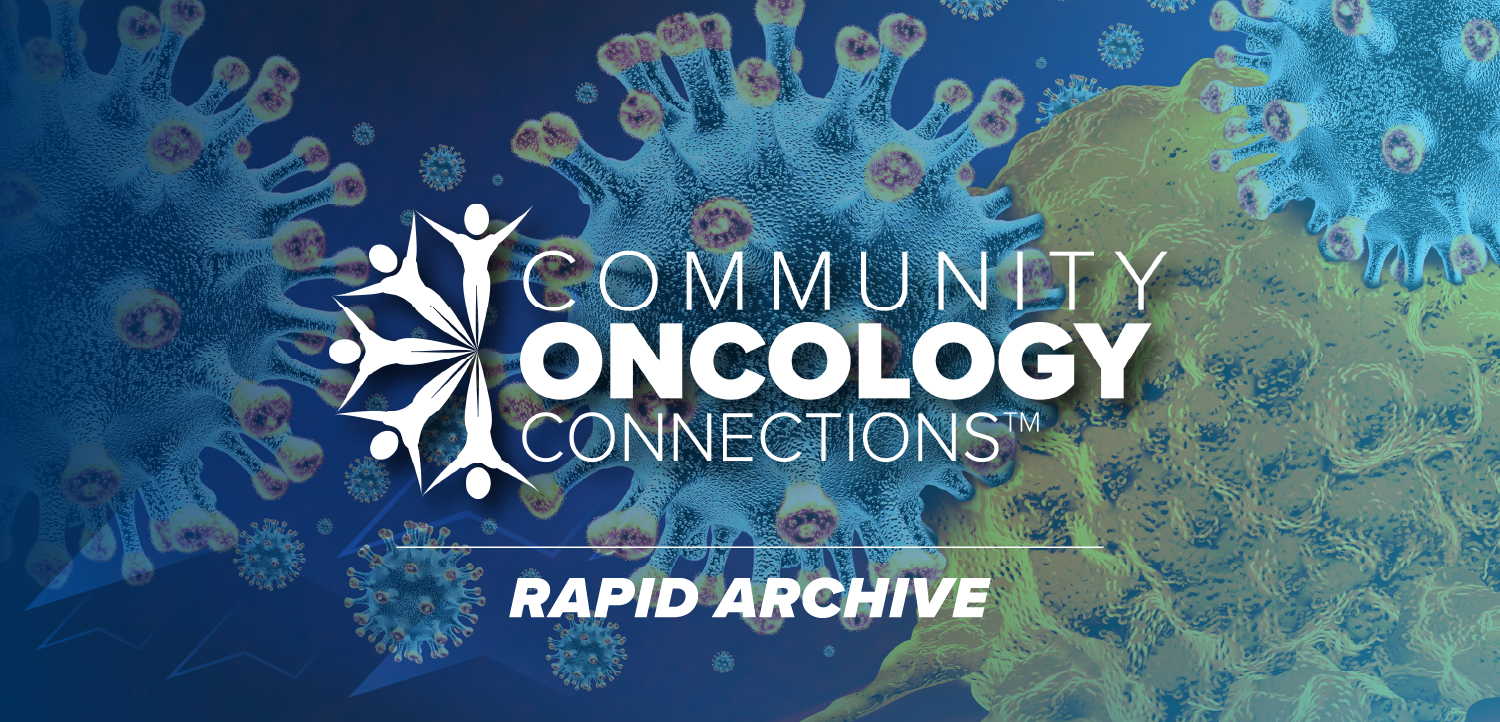
PSA Cut-Point Indicates When to Start Salvage Radiotherapy in Prostate Cancer
An expert from Dana-Farber Cancer Institute indicates that patients with prostate cancer who have 1 risk factor should undergo salvage radiotherapy following radical prostatectomy before their prostate-specific antigen level rises above 0.25 ng/ml.
At the
Investigators identified an increased risk of mortality among patients with at most 1 high-risk factor who initiated salvage radiotherapy with a PSA level of over 0.25 ng/mL vs patients whose level was 0.25 ng/mL or less (adjusted hazard ratio [aHR], 1.49; 95% CI, 1.11-2.00; P = .008).
D’Amico, a professor and chair of genitourinary radiation oncology at Brigham and Women’s Hospital and Dana-Farber Cancer Institute, stated that treatment should begin for patients with 1 high-risk factor before their PSA reaches 0.25 ng/ml, and that adjuvant therapy should start for those with 2 risk factors before their PSA levels begin to increase further.
Transcript:
For people with a single risk factor, it appears that there is a PSA cut point above which the risk of death increases by 50%, and below which it does not. That cut point is 0.25 ng/mL in terms of the PSA level. It appears for people who have a single risk factor; a Gleason score of 8, 9, or 10; or cancer extending beyond the prostate at the time of surgery—pT3 or pT4—that establishing salvage therapy by a PSA of 0.25 would be important.
The reason why this is timely is because with the advent of advanced imaging, PSMA PET technology, many physicians are waiting to start salvage radiation to a higher PSA level, typically 0.3 ng/mL or sometimes as high as 0.5 ng/mL because of 2 reasons: One, not all insurers will reimburse the PSMA PET at low PSA levels. Some do, but many don't. And second, the performance characteristics of the PET scan improve with increasing PSA level.
At [Dana-Farber Cancer Institute], we've adopted the policy of starting salvage therapy in patients with a single high-risk factor before the PSA gets to 0.2 ng/mL, certainly not 0.25 ng/mL. That's an important point to take home—that for one risk factor, [start treatment] at 0.25 ng/mL, and for 2 risk factors, [use] adjuvant [therapy] and don’t wait for the PSA to rise.
Reference
Tilki D, Chen M, Wu J, et al. Prostate-specific antigen level at the time of salvage therapy after radical prostatectomy for prostate cancer and the risk of death. J Clin Oncol. Published online March 1, 2023. Doi:10.1200/JCO.22.02489
Newsletter
Stay up to date on recent advances in the multidisciplinary approach to cancer.


























































































